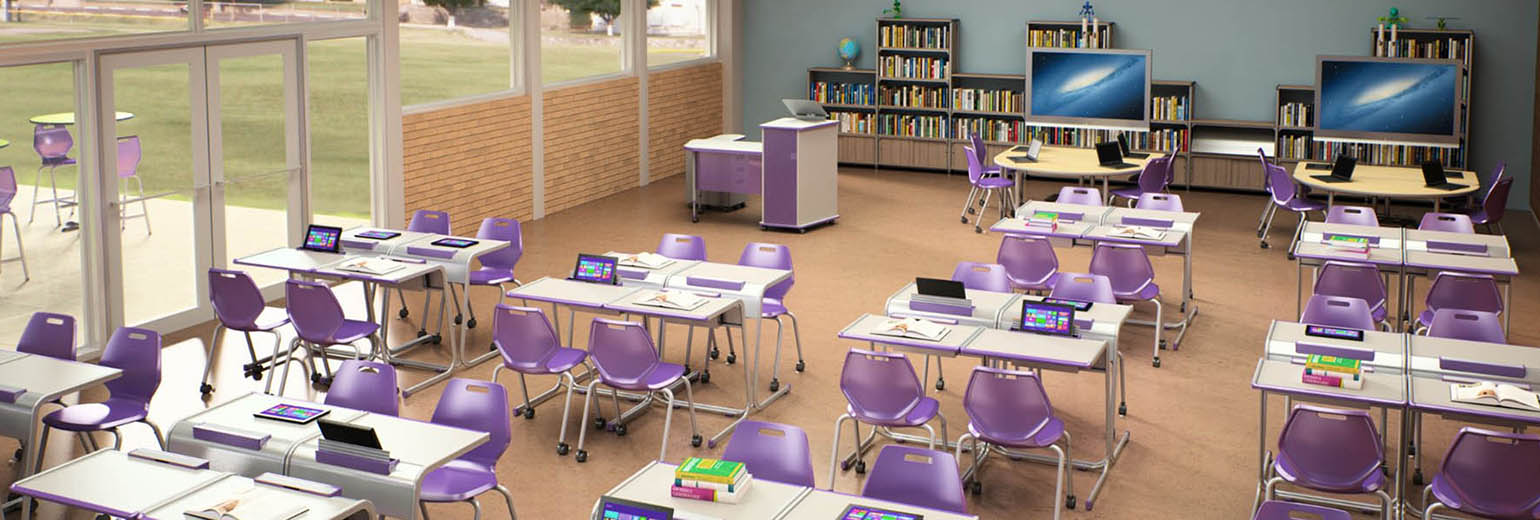Although technology is not essential for active learning, it can be a powerful tool to support student-driven learning. If students have access to a device with Internet connectivity, they can do independent research and use rich applications for creating and collaborating.
If you are using technology to support active learning in your schools, here are five key considerations:
Equity
How will you ensure that all students have equitable access to technology devices for learning? For instance, if you allow students to use their own personal laptops, tablets, and cell phones in class through a “bring your own device” policy, how will you make sure that students who don’t have their own personal device can participate? You might pair students who don’t have a device with someone who does and require them to share, for example—or keep a supply of school-owned devices on hand for them to borrow.
Digital citizenship
Students using digital devices in class must be taught how to use the devices safely and responsibly. Mike Ribble, an author and IT director for a public school district in Kansas, says digital citizenship education should teach students how to use technology to search for, evaluate, and curate information; how to act appropriately online; how to use technology in an ethical manner, such as not hacking into other peoples’ information, downloading music illegally, plagiarizing, sending spam, or stealing someone’s identify; and how to safeguard their privacy and IT security, among other lessons.
Security
Speaking of IT security, K-12 leaders must consider how they will keep their school networks secure from viruses, phishing scams, ransomware attacks, and other online threats. Security measures should include keeping all operating systems up to date; regularly applying security patches; using a multilayered approach to IT security that includes firewalls, web filtering, antivirus protection, and advanced threat detection; and educating staff as well as students about security best practices.
Connectivity
Before investing in devices for your students, make sure you upgrade your network infrastructure so that it can handle all the traffic. Students and staff should be able to get online without a hitch, or else they will become frustrated, give up, and not use their devices for learning. The State Educational Technology Directors Association recommends that schools have at least 1 gigabit per second (Gbps) of bandwidth for every 1,000 students and staff members to enable rich, transformative teaching and learning experiences. Plan for more bandwidth than you think you need, however, because network demands increase exponentially as students do more bandwidth-intensive work.
Power
If students are using digital devices to support self-directed learning, they need easy access to power supplies throughout the day so they can recharge their devices as necessary. A survey conducted by NewBay Media reveals that access to power often is a problem for schools: Eighty percent of K-12 leaders said they don’t have enough power to meet the technology needs of their staff and students, 77 percent said power has come up as an issue or complaint from faculty, and 58 percent said a lack of power affects students’ ability to use technology effectively in class.
Solutions to this problem include mobile device charging stations or even flexible power supplies embedded seamlessly within classroom furniture, providing an always-available power source so students can charge their devices while they work.
Arizona Furnishings sells classroom furniture with embedded power supplies to ensure that learning can continue uninterrupted; for more information, contact Arizona Furnishings today at 800.872.2287.
– Cindy Eggebrecht


